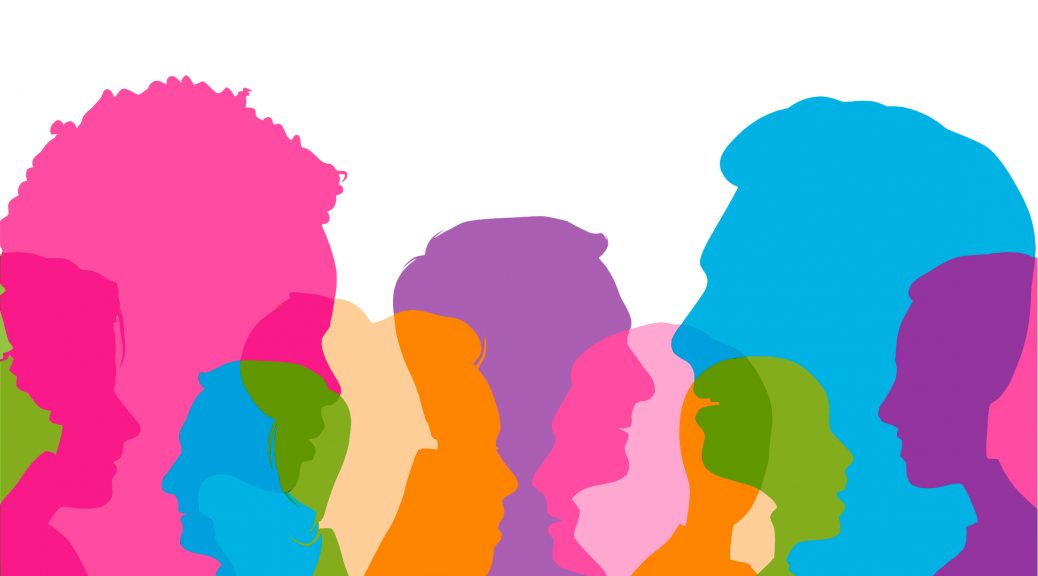
Leaders, to really #PressForProgress, let’s think beyond gender
Naturally, and rightly so, on International Women’s Day, we’re hearing a lot of discussion, insight and debate focusing on the many advantages for continuing to advance gender equality in the workplace, and critically, how we can all #PressForProgress.
Yes, of course, these discussions must continue. And yes, there’s still so much more to be done before we can even come close to achieving gender parity. But on this day, I also wanted to reserve a little air time to extending the discussion around Diversity and Inclusion (D&I) beyond the obvious demographics – those which we can all see, such as gender, age, race, and the other characteristics defined and protected by D&I programmes and in some cases, the law.
To achieve true workplace diversity and inclusion, we also need to understand the existence and impact of the other, more subtle and often less obvious diversity factors such as personality types, education levels, and personal experiences.
Once we appreciate these, we then need to introduce some positive actions, often in the form of checks and balances, to enable us to really implement more inclusive selection, hiring and talent management strategies, and achieve workplace diversity in its widest and most inclusive form.
So, here’s where I think we should start:
Step 1: Identify the differences that trigger bias
We’re all hardwired to make snap judgements and decisions in all aspects of our lives. These are ‘instinctive’, rooted and affirmed by what we see around us, including societal stereotypes, influences from the mass media, cultural trends and political figures, opinions of friends, family and colleagues, and of course, our own personal experiences and backgrounds.
If we don’t take the time to better understand our subtle biases, they will be left unchecked and will almost certainly impact our hiring and talent management processes – which will most likely scupper any aspirations we have to reach a more diverse and inclusive workplace.
For instance, watch out for the natural introvert, who, contrary to popular belief, is ambitious, is great at sales and does have some really good ideas to contribute to a team meeting. However they demonstrate their strengths differently compared to a more natural extrovert and may need to be given time and positive support for these qualities to be appreciated and cultivated in the workplace.
Whatever these biases are, whether they belong to you or one of your hiring managers, it is key that you recognise they exist, identify them, question their source and take conscious steps to ensure that they aren’t unduly limiting the decisions you’re making.
Step 2: Once you have identified your biases, evaluate your hiring practices
Would you say there’s a diverse mix of personalities, education levels and backgrounds in your organisation? Ask yourself honestly, is there a certain ‘type’ of person who is typically offered or refused an opportunity within your teams? This might take some serious reflection, as the default traits you unconsciously gravitate towards might not always be visible, obvious or covered by internal HR ‘policies’ – take my example of the extrovert/introvert.
Try to identify where biases might come into play throughout each stage of any selection process, including hiring. Consider how you can introduce a check or balance to challenge the bias. For instance, if a hiring manager is consistently recruiting a certain ‘type’ of candidate, which can often be in their own image, introduce certain steps within the selection process, for instance; standardised questions, panel interviews or an aggregated scoring system. These checks and balances will help you to get a more objective idea of a person’s ability to do the job.
Step 3: Manage on merit, and nothing else
This affinity bias creates ‘in’ groups which benefit from the advantage of being listened to and informally coached, and ‘out’ groups who can sit on the periphery feeling more unseen, unheard and either stagnating in their role, or choosing to progress their career elsewhere. Therefore, it is essential that you adopt a consciously more inclusive approach when deciding which employees to listen to, invite to key meetings and networking events, involve in discussions with senior stakeholders, as well as allocate stretch opportunities to.
The key point overall, is that if you want to #PressforProgress this International Women’s Day, remember that true diversity and inclusion runs much deeper than an individual demographic such as gender. From here on, you need to be honest with yourself about the more subtle biases which exist within yourself and your organisation. Understanding this will enable us to make more actionable changes to the way we hire and manage talent, allowing us to be more inclusive of not just women, but everyone who makes a difference to the status quo of an organisation.







